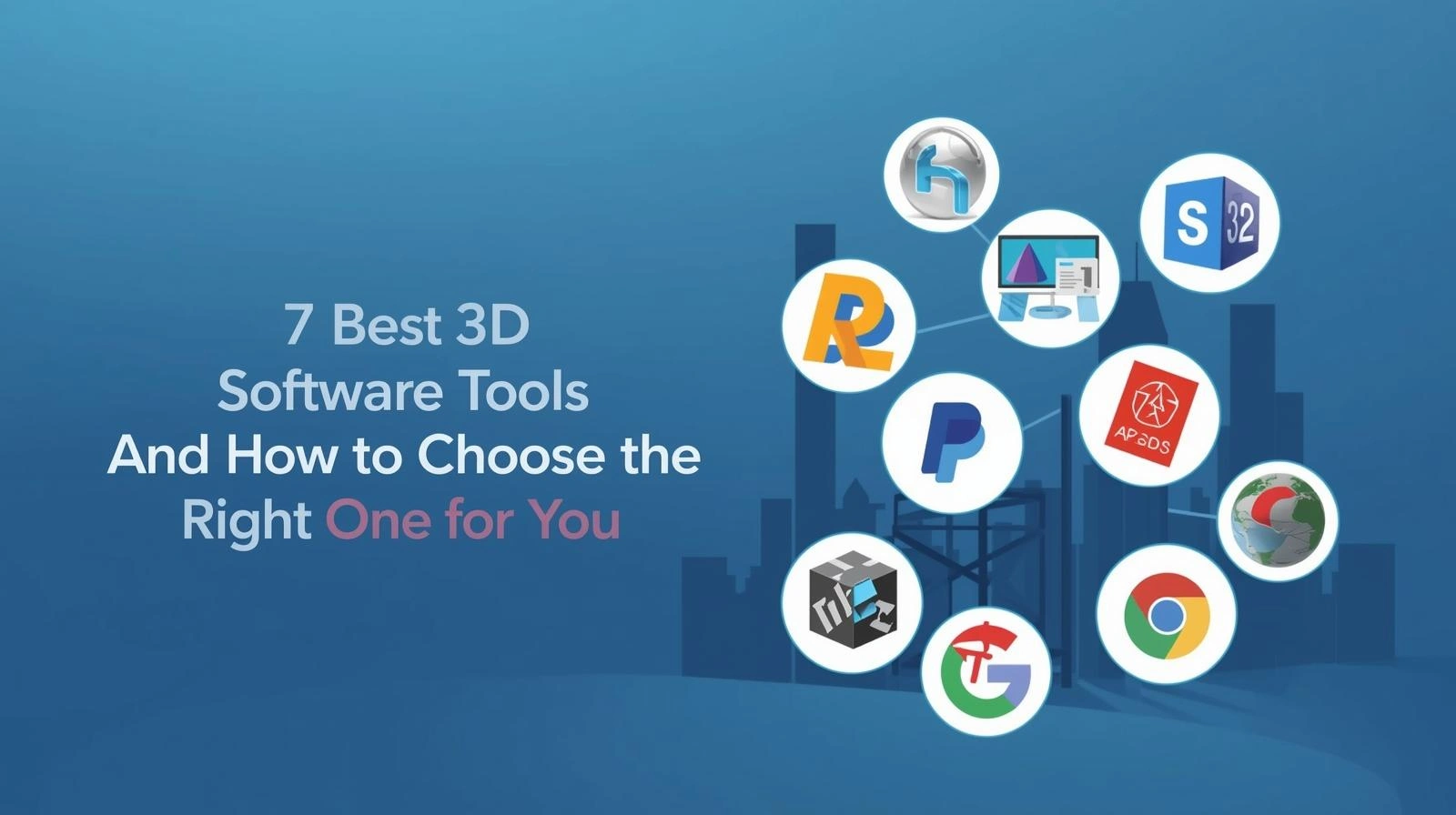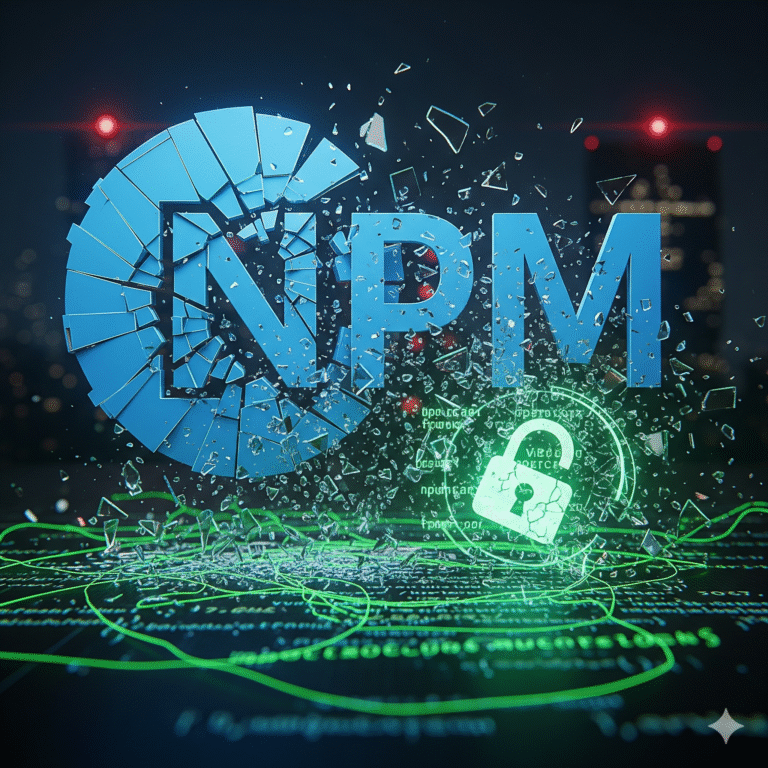7 Best 3D Software Tools (And How to Choose the Right One for You)
Thinking about diving into 3D design, modeling, or printing? Whether you’re an architect sketching out buildings, an engineer creating precision parts, or a hobbyist experimenting with 3D printing, the right software can make all the difference. But with so many options out there, how do you know which one is worth your time?
Let’s break down seven of the most popular 3D software tools—what they’re best at, who they’re for, and why you might (or might not) want to use them.
1. SketchUp – The Beginner-Friendly Choice
If you’re new to 3D design, SketchUp is often the easiest place to start. It’s especially loved by architects, interior designers, and construction professionals.
Why people like it:
- Intuitive drag-and-pull drawing tools.
- Huge online 3D Warehouse for ready-made models.
- Plugins and extensions to expand features.
- Presentation tools for client-ready layouts.
Best for: Beginners, architects, and anyone who wants a straightforward way to bring ideas to life.
2. Blender – The All-in-One Powerhouse
Blender is the Swiss army knife of 3D software. It’s free, open-source, and can handle everything from modeling and sculpting to animation and visual effects.
Standout features:
- Complete 3D pipeline (modeling, rigging, animating, rendering, you name it).
- Real-time rendering engines (Eevee and Cycles).
- Huge community with endless tutorials.
- Tons of plugins for specialized workflows.
Best for: Animators, VFX artists, indie game developers, and anyone who needs pro-level tools without paying pro-level prices.
3. FreeCAD – Precision for Engineers

For engineers and product designers, FreeCAD is a favorite. Unlike SketchUp’s freeform modeling, FreeCAD is parametric, meaning you can tweak dimensions and everything updates automatically.
Why it stands out:
- Great for mechanical and product design.
- Modular setup with specialized workbenches.
- Wide file compatibility.
- Python scripting for customization.
Best for: Engineers, mechanical designers, and technical users who need accuracy over aesthetics.
4. Onshape – CAD in the Cloud
Forget downloads—Onshape runs entirely in your browser. This makes it perfect for teams who need to collaborate in real time without worrying about file versions.
Highlights:
- Cloud-based, no installation required.
- Real-time team collaboration.
- Built-in version control (no more lost files).
- Parametric modeling like traditional CAD tools.
Best for: Teams, startups, and companies that want modern, flexible CAD without bulky software installs.
5. SOLIDWORKS – The Industry Standard
If you work in mechanical design, manufacturing, or product engineering, you’ve probably heard of SOLIDWORKS. It’s one of the most widely used professional CAD tools out there.
Key features:
- Powerful parametric modeling.
- Advanced simulation and testing.
- Specialized tools for sheet metal, assemblies, and weldments.
- Vast library of standard components.
Best for: Professional engineers and companies that need industry-proven software for complex projects.
6. Cura – Essential for 3D Printing
While Cura isn’t a design tool itself, it’s a must-have if you own a 3D printer. Developed by Ultimaker, Cura is a slicing software that converts your 3D models into printer-ready instructions (G-code).
Why it’s useful:
- Beginner-friendly interface.
- Compatible with most 3D printers.
- Adjustable print settings (layer height, infill, etc.).
- Real-time preview before printing.
Best for: Makers, hobbyists, and anyone preparing designs for 3D printing.
7. 3D Slicer – For Medical Imaging
Not all 3D software is about design. 3D Slicer is built for the medical and research community. It helps visualize and analyze complex imaging data like CT and MRI scans.
Key strengths:
- Handles multiple medical image formats.
- Tools for segmentation and visualization.
- Modular and customizable.
- Widely used in clinical and academic research.
Best for: Researchers, doctors, and students working with medical data.
Conclusion
Choosing the right 3D software tool really depends on your needs. If you’re a beginner, SketchUp is a great entry point. For animation and visual effects, Blender is a powerhouse. Engineers often prefer FreeCAD or SOLIDWORKS for precision, while teams may find Onshape’s cloud-based workflow more efficient. Cura is essential if you’re into 3D printing, and for medical research, 3D Slicer stands out.
The best part? Many of these tools are free or have trial versions, so you can test them before committing. Start with one that matches your project goals, and you’ll quickly see your ideas come to life in 3D.ng.
FAQs
Q1. What is the easiest 3D software tools for beginners?
SketchUp is often considered the most beginner-friendly 3D software because of its simple interface and drag-and-pull tools.
Q2. Is Blender really free to use?
Yes, Blender is completely free and open-source, with no hidden costs.
Q3. Which 3D software is best for engineering design?
FreeCAD and SOLIDWORKS are the top choices for engineers because they offer precise parametric modeling and industry-standard tools.
Q4. Can I use 3D design software online without downloading?
Yes, Onshape is a fully cloud-based 3D CAD platform you can use directly in your web browser.
Q5. Do I need slicing software for 3D printing?
Yes, slicers like Cura are essential because they convert your 3D model into printer instructions (G-code).







